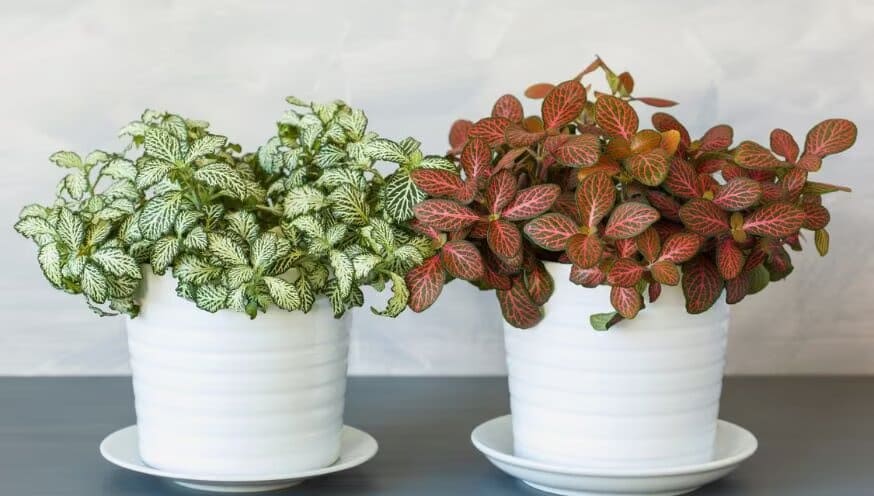Introduction
The nerve plant (Fittonia) is a popular houseplant known for its striking foliage and ease of care. With its vibrant green leaves veined in red, white, or pink, the nerve plant adds a touch of elegance to any indoor space. Originating from the tropical rainforests of South America, this plant thrives in warm, humid environments. This guide will provide comprehensive tips on how to keep your nerve plant healthy and thriving indoors.
Understanding the Nerve Plant
What is a Nerve Plant?
The nerve plant belongs to the Acanthaceae family and is native to the rainforests of Peru, Colombia, and Venezuela. Known for its unique leaf patterns and compact size, the nerve plant is an excellent choice for indoor gardening enthusiasts.
Why Choose a Nerve Plant?
Choosing a nerve plant for your indoor garden has several advantages:
- Aesthetic Appeal: The intricate leaf patterns and vibrant colors make it a visually appealing addition to any room.
- Low Maintenance: Despite its delicate appearance, the nerve plant is relatively easy to care for.
- Air Purification: Like many houseplants, the nerve plant can help improve indoor air quality.
How to Care for Your Nerve Plant
Light Requirements
The nerve plant prefers bright, indirect light. Direct sunlight can scorch its leaves, while low light can slow its growth. Ideally, place your nerve plant near a window with filtered light.
Watering
Keeping the nerve plant hydrated is crucial for its health. Water it when the top inch of soil feels dry. Avoid overwatering, as the nerve plant is prone to root rot.
Table 1: Watering Schedule for Nerve Plant
| Season | Watering Frequency |
|---|---|
| Spring | Weekly |
| Summer | Every 3-4 days |
| Autumn | Every 7-10 days |
| Winter | Every 10-14 days |
Humidity
The nerve plant thrives in high humidity. To maintain optimal humidity levels, consider using a humidifier or placing a water tray near the plant. Regular misting can also help keep the air around your nerve plant moist.
Temperature
Ideal temperatures for the nerve plant range from 60°F to 80°F (15°C to 27°C). Avoid placing it in drafty areas or near heating vents, as extreme temperature fluctuations can stress the plant.
Soil and Fertilization
The nerve plant prefers a well-draining, peat-based soil mix. A mixture of peat, perlite, and pine bark works well. Fertilize your nerve plant monthly during the growing season with a balanced, water-soluble fertilizer.
Pruning and Maintenance
Regular pruning helps maintain the shape and health of the nerve plant. Remove any yellow or brown leaves to prevent disease. Additionally, consider pinching back the stems to encourage bushier growth.
Troubleshooting Common Issues
Pests and Diseases
The nerve plant is susceptible to pests like spider mites and aphids. Inspect your plant regularly and treat infestations with insecticidal soap if necessary. Fungal diseases can also affect the nerve plant, so ensure good air circulation around the plant.
Leaf Problems
If you notice the leaves of your nerve plant turning yellow or brown, it could be a sign of overwatering, underwatering, or low humidity. Adjust your care routine accordingly to address these issues.
Conclusion
In summary, the nerve plant is a beautiful and relatively easy-to-care-for houseplant that can brighten up any indoor space. By providing the right light, water, humidity, and temperature, you can ensure that your nerve plant remains healthy and vibrant. Regular maintenance and monitoring will help you keep your nerve plant thriving for years to come.
References
- Smith, John. “Caring for Indoor Plants: A Comprehensive Guide.” Green Thumb Publications, 2022.
- Brown, Emily. “Houseplant Health: Tips and Tricks.” Home Garden Books, 2023.
- Johnson, Linda. “The Ultimate Houseplant Handbook.” Nature’s Way Press, 2021.

